How to get rid of limescale in a kettle - the best tricks to descale your kettle without using harsh chemicals
Because no one likes those limescale flakes floating in their tea
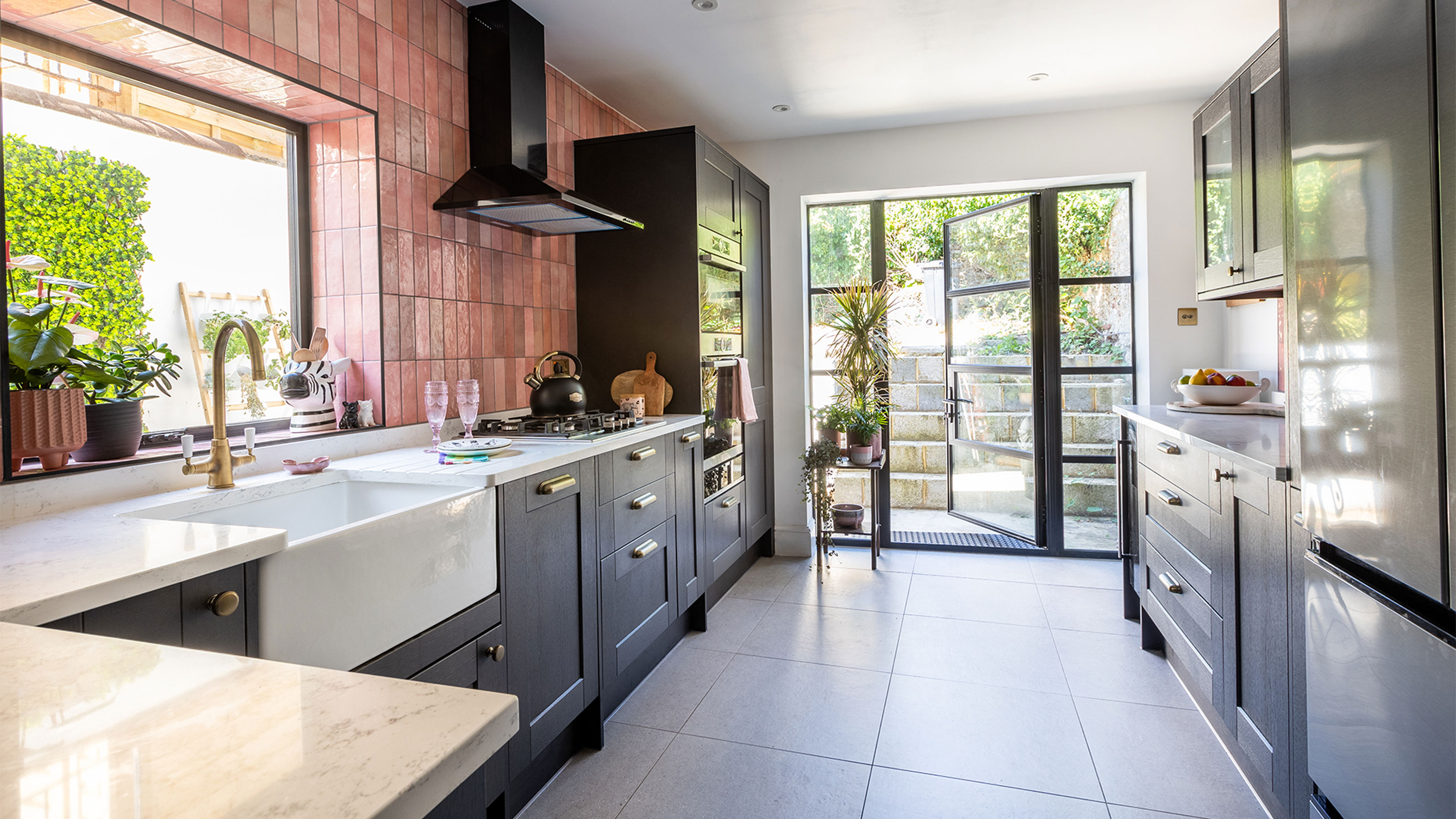

If you’re wondering how to get rid of limescale in a kettle, there’s a high chance that you’ve already experienced the bitter taste and feel of limescale in your cuppa. And as a nation of tea lovers, having a kettle that offers you a Goldschläger experience without also offering that warm fuzzy feeling is a no-no in our books.
Yes, while buying one of the best kettles on the market will offer you a stylish and oh-so-practical addition to your kitchen, limescale build-up can still be a serious problem. Kettles riddled with limescale will actually cost you more money, largely due to the prevalence of hard water in your area.
And while this chalky substance isn’t detrimental to your health, it can be detrimental to your kettle - and your tea-drinking experience! That’s why we’ve laid out the easiest ways to get rid of limescale in a kettle without using harsh chemicals.
How to get rid of limescale in a kettle
Knowing how to clean a kettle is one thing, but knowing how to specifically tackle limescale in a kettle is another. And Hannah Hamer, Assistant Marketing Manager at Russell Hobbs, explains, ‘It’s important to remove limescale from your kettle to ensure it’s performing to the best of its ability and to prolong the life of your kettle.’
But you’ll be happy to know that you don’t have to fill your kettle with descaling chemicals to rid yourself of limescale. Use these natural alternatives instead.
1. Use white vinegar
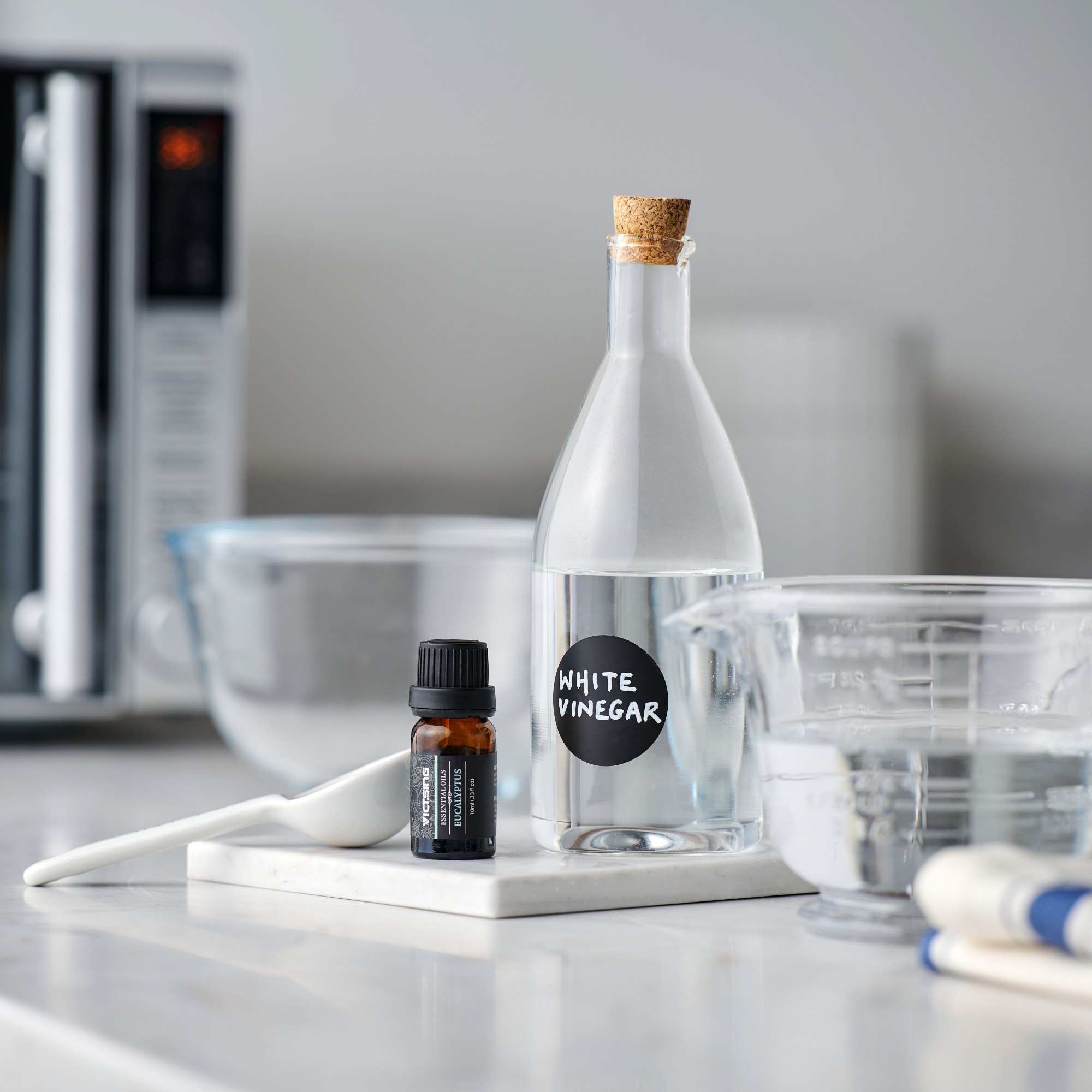
White vinegar is a utility room essential and is quickly becoming one of our favourite cleaning products. And while there are certain things that you shouldn’t clean with white vinegar, cleaning expert Nicola Rodriguez, AKA @essexhousedolly, swears by using it to get rid of limescale in a kettle.
‘This method doesn’t use any chemicals as the acidity in the vinegar breaks down the limescale,’ she says. It’s a pretty easy process, too.
Sign up to our newsletter for style inspiration, real homes, project and garden advice and shopping know-how
‘Pour 2 cups of white vinegar into your kettle and boil. It will froth up, so don’t overfill. Let it cool, then boil it again. Pour the water away and then refill with fresh water. Boil again and pour away.’
White vinegar is also a great ingredient to have on hand if you’re looking to get rid of limescale in a toilet, too.
2. Use baking soda
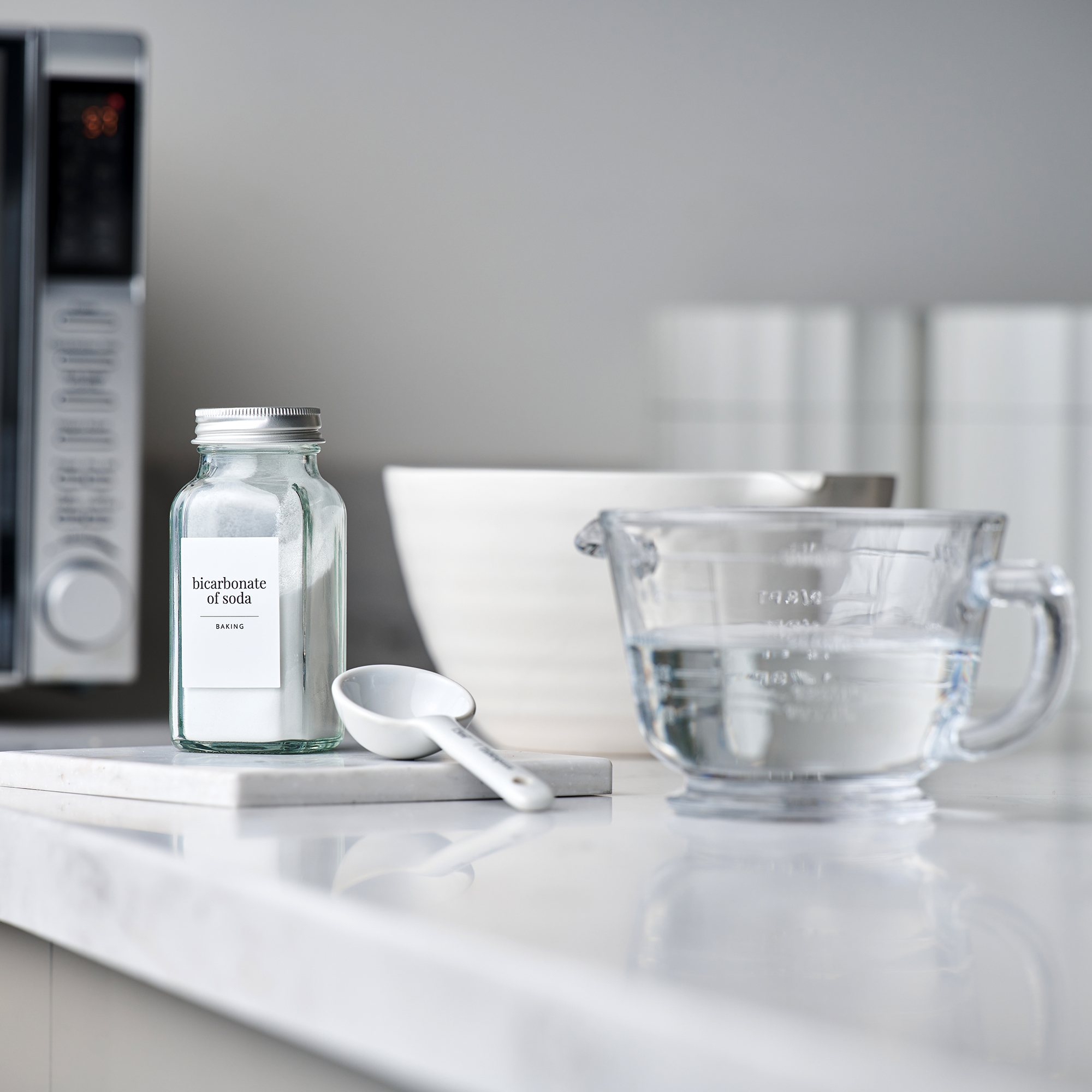
You probably already have baking soda in your kitchen, but what you might not know is that using baking soda as a product rather than an ingredient is the ultimate kitchen cleaning tip. In fact, you can use baking soda to get rid of limescale in a kettle.
To do this, fill the kettle ¾ full with water before adding a tablespoon of baking powder. Then, boil your kettle as you normally would.
Although you could then rinse out the kettle and boil it again with clean water, you might want to let the boiled baking soda concoction sit for an hour before cleaning it out. This will let it work its magic for even longer and loosen up any stubborn limescale buildup.
3. Use lemon juice
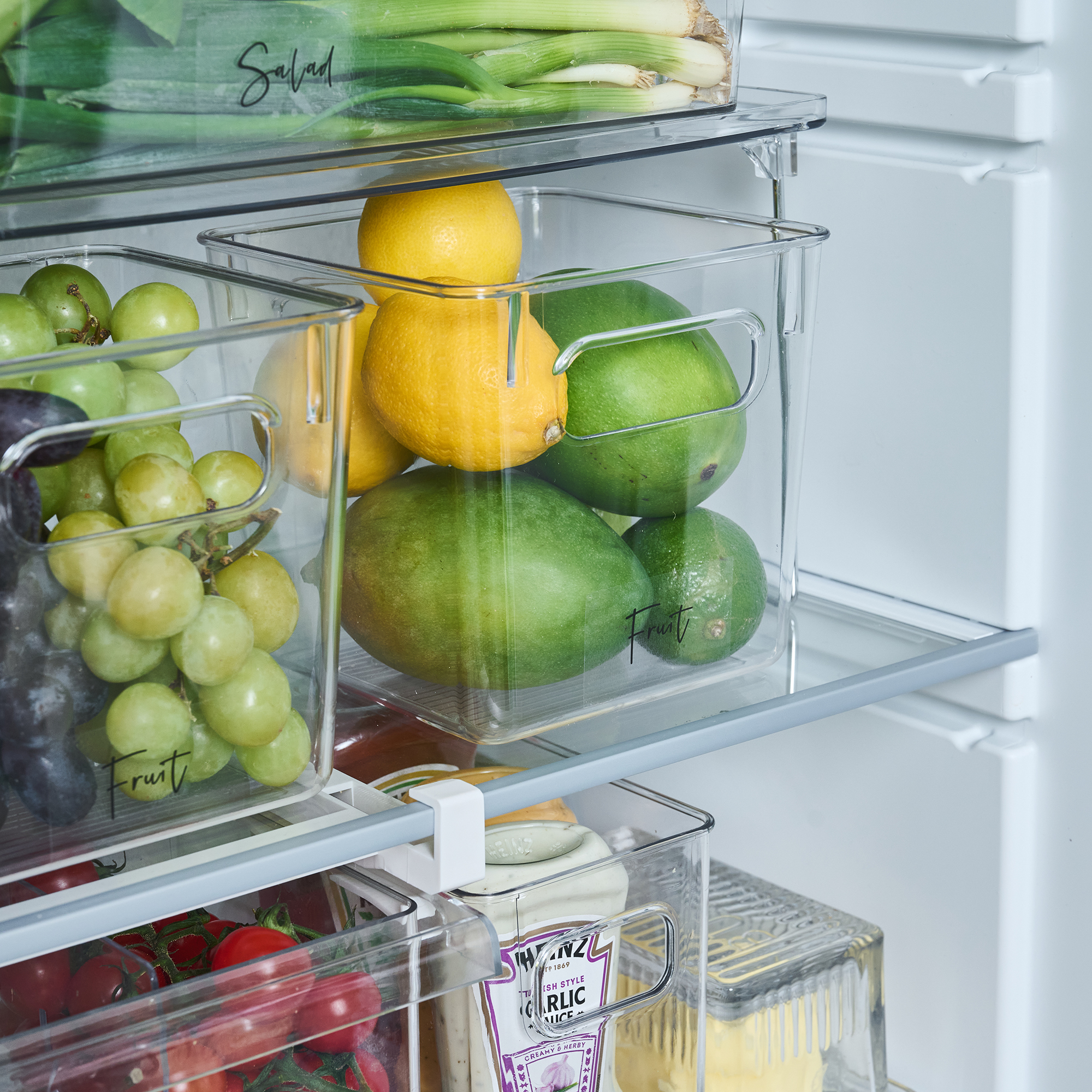
Not only is lemon juice delicious, but it’s also a natural cleaning product. There are so many lemon cleaning hacks you need to know, and descaling a kettle is one of them.
To clean a kettle with lemon juice, you can either use fresh lemon juice or lemon juice from a bottle. Then, fill your kettle with equal parts lemon juice and water before popping it on to boil.
Ideally, you should then let it sit for around half an hour to let the lemon break up the limescale. Once you’ve done that, you can empty the kettle and then give it a rinse.
How to reduce limescale build-up
They say that prevention is better than the cure, but it’s impossible to avoid limescale completely. However, there are ways that you can reduce this limescale build-up in your kettle.
Firstly, you need to keep on top of cleaning. ‘If you live in an area with hard water, we recommend cleaning your kettle at least once a month to reduce limescale buildup,’ says Hannah.
Alongside this, you could also buy a kettle that comes complete without an anti-scale filter. Hannah explains, ‘Kettles with anti-scale filters will help prevent limescale deposits from pouring into your cup or pan, however, they won’t stop limescale build up, so it’s important to regularly descale to keep your kettle working at its best.’
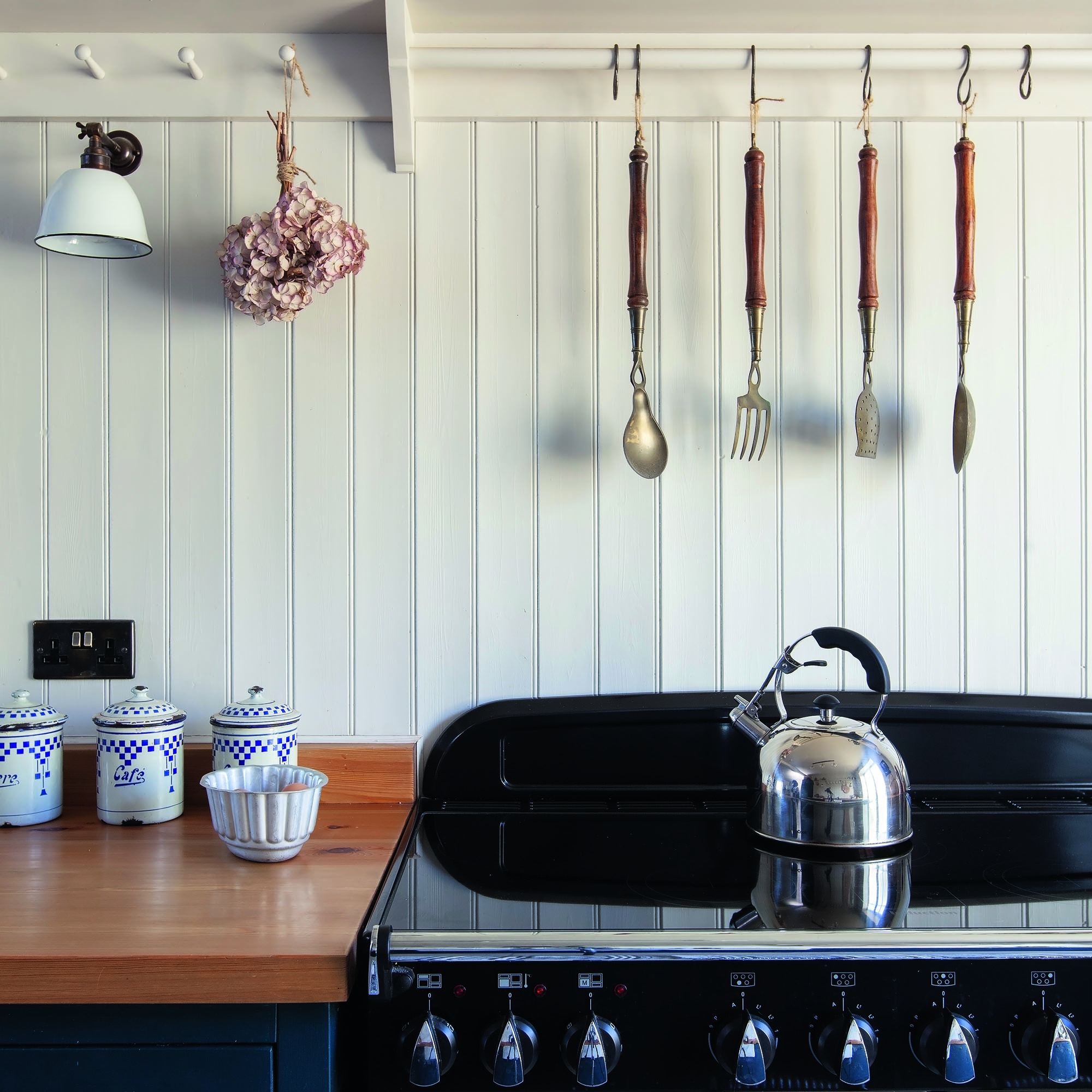
FAQs
How can I descale my kettle naturally?
There are three main ways to naturally descale a kettle, allowing you to avoid using harsh chemicals. You could use white vinegar, baking powder, or lemon juice. For all three options, you need to mix these ingredients with water and boil your kettle as normal. Then, rinse it out and boil it again to ensure that it’s clean.
If you have thick limescale deposits, you may need to let the concoctions sit in the boiled kettle until they turn cold. By doing this, you can let them work their magic a little longer.
Is it safe to drink water from a kettle with limescale?
Yes, it is safe to drink water from a kettle with limescale. Although limescale can result in a bitter taste, there is no evidence to suggest that it’s harmful to your health. However, that doesn’t mean that you should keep it in there.
Limescale build-up in a kettle can cost you more money and even affect the efficiency of your kettle. Plus, there’s nothing worse than having flakes of limescale in your cup of tea. So, descale it regularly.

Lauren Bradbury has been the Content Editor for the House Manual section since January 2025 but worked with the team as a freelancer for a year and a half before that. She graduated with a Bachelor’s degree in English and Creative Writing from the University of Chichester in 2016. Then, she dipped her toe into the world of content writing, primarily focusing on home content. After years of agency work, she decided to take the plunge and become a full-time freelancer for online publications, including Real Homes and Ideal Home, before taking on this permanent role. Now, she spends her days searching for the best decluttering and cleaning hacks and creating handy how-to guides for homeowners and renters alike, as well as testing vacuums as part of her role as the Ideal Home Certified Expert in Training on Vacuums, having spent over 110 hours testing different vacuum models to date!